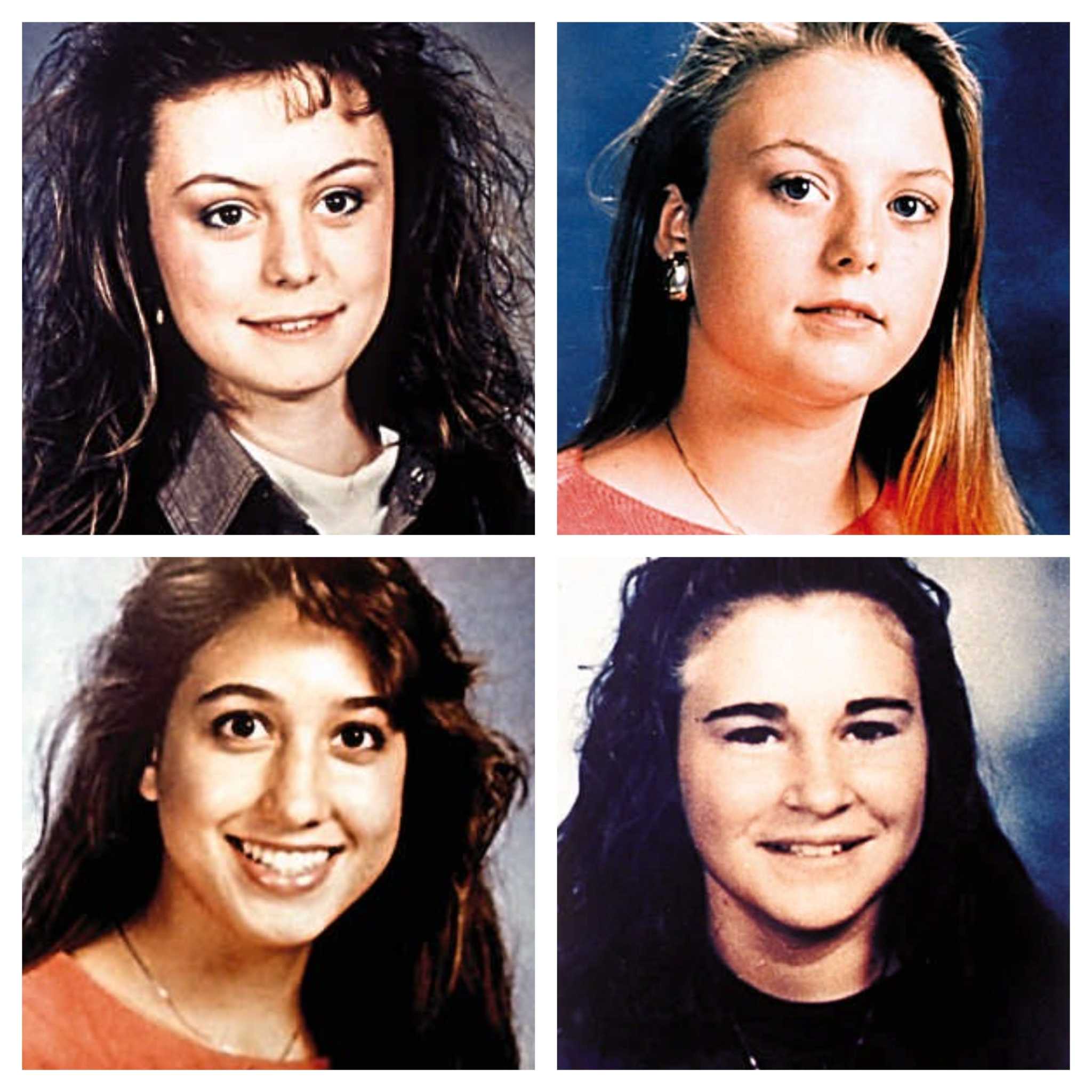news
Austin’s Yogurt shop murders solved 34 years later with DNA testing
Authorities say DNA testing solved the 1991 "I Can’t Believe It’s Yogurt" murders of four teens, closing one of Austin’s darkest chapters.
Published September 26, 2025 at 9:45pm by Tony Plohetski

Authorities investigating the 1991 murders of four teenage girls at a North Austin "I Can’t Believe It’s Yogurt" shop believe they have solved the case through newly available DNA testing, closing the chapter on one of the city’s darkest crimes.
Top Austin police leaders and cold case detectives plan to announce Monday that they have linked the deaths to a serial killer who died by suicide eight years after the crime. Three officials briefed on the case confirmed the development.
The suspect, Robert Eugene Brashers, was never targeted as the possible murderer during an investigation that spanned 34 years. Brashers had no connection to Austin aside from the gruesome crime.
Police relied upon genealogy DNA, which has been used in recent years by law enforcement across the nation to solve cold cases, to identify Brashers. He has been linked to at least three murders across the U.S., but was not connected to those and other crimes until 2018 through the advent of so-called "genetic genealogy."
The Austin Police Department is expected to deem the yogurt shop murder case closed.
The new DNA matches come in a case that confounded a generation of investigators and left a trail of unresolved grief and trauma among families of the girls and the wider Austin community. The murders of the girls – Jennifer Harbison, 17, her sister, Sarah, 15, Eliza Thomas, 17, and Amy Ayers, 13 – were said to have shattered the city’s innocence and are interwoven into the fabric of Austin.
The latest revelations in the case will also likely resurrect pain and place a renewed microscope on improper police investigative work decades ago that resulted in the arrest of the four young men linked to the crime, one of whom, Robert Springsteen IV, sentenced to Texas’ Death Row but whose conviction was overturned before he was executed.
The murders have drawn fascination among true crime enthusiasts for 34 years, marked with renewed interest through the years by television shows, documentaries and online chat groups. Just six weeks ago, the case received its latest round of national intrigue with the release of a four-part HBO documentary that seeks to underscore the impact of lurid crime media coverage that endures for decades.
At the site today, a ground-level plaque dedicated to the girls stands in the parking lot of the strip mall where the yogurt shop stood.
"Forever in our hearts," the metal plaque on a granite base says, listing the names of the four girls.
A case that spans decades
The girls were found around midnight on the night of Dec. 6, 1991, after Austin firefighters responded to the yogurt shop on West Anderson Lane.
Inside, they discovered the girls’ bodies bound, gagged and burned. The shop had been doused with accelerants and set ablaze, severely limiting available forensic evidence. The girls had been shot in the head.
Eight days after the murders, Austin police arrested 16-year-old Maurice Pierce with a .22-caliber revolver at Northcross Mall, a few blocks east of the yogurt shop. Pierce said he had loaned the gun to a friend, Forrest Welborn, 15, who had used it in the yogurt shop murders and told him about it later.
But police did not charge the men with the murders at the time.
In the first six years of investigation, Austin police followed thousands of leads, questioned numerous suspects and obtained multiple confessions that detectives later discredited. With much fanfare, Mexican authorities announced two months after the murders that they had arrested two men, saying both would be charged with the Austin murders after one had confessed. He later recanted that confession.
A newly created cold case task force in 1999 put the spotlight back on Pierce, Welborn, and two associates, Michael Scott and Springsteen.
Springsteen and Scott confessed, but later recanted, saying they had been coerced by police.
A Travis County jury convicted Springsteen, and he was sentenced to death. Scott was convicted and sentenced to life in prison. The case against Welborn was dismissed, and Pierce later saw his case dismissed due to insufficient evidence.
Springsteen’s conviction was overturned in 2006 on the grounds that his confession was improperly used against him, while Scott’s conviction was overturned the following year on similar grounds. He was never exonerated for the crime.
Prosecutors dismissed the charges against the men in 2009 after new DNA testing excluded them.
Pierce died in December 2010 after an altercation with an Austin police officer, who Pierce stabbed in the neck and who was killed when the officer shot him following a traffic stop.
DNA strand was possible new lead
When she took office in 2017, then District Attorney Margaret Moore worked with Austin police to develop a new task force to pursue the yogurt shop killer.
A new possible lead developed in the case came in 2020, when the American-Statesman reported scientists had been able to develop a male-only strand of DNA from the bodies of one of the girls.
But it is not clear whether or how that lead may have been used to identify Brashers.
Published reports about Brashers’ other crimes share striking similarities to other murder cases, including victims who were bound and shot in the head.
On Friday, Austin police met with the families of the four girls to notify them of the development in the case but they were not immediately available for comment.

